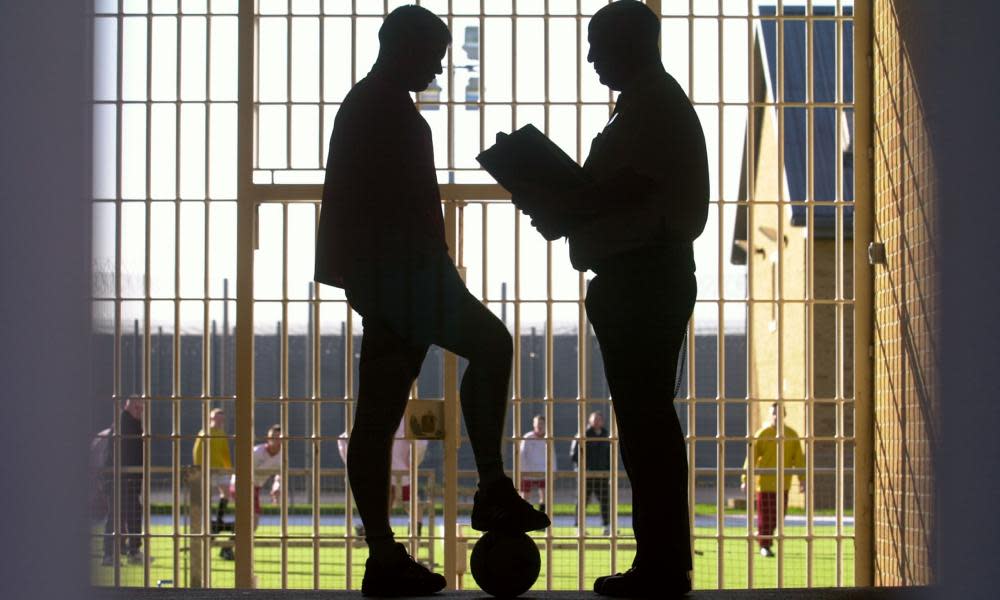Children in England's youth prisons denied family visits due to Covid restrictions

Social distancing measures in youth prisons have had “disturbing consequences”, with children denied face-to-face interaction with families and friends, as well as visits from social workers, youth offending staff or lawyers, a report has found.
Children incarcerated at England’s three secure training centres, which look after 10- to 17-year-olds, are supposed to receive 30 hours of education and training a week, following a school-day timetable. But during the Covid-19 pandemic, the government has allowed institutions to reduce the minimum amount of time a child must be out of their room in each 24-hour period from 14 hours to just 1.5 hours.
Face-to-face visiting has also stopped entirely, according to the State of Youth Justice 2020 report, released on Wednesday by the National Association for Youth Justice.
Related: Youth justice: exposing a system that is failing our most vulnerable children
The result is “statutory authorisation for the solitary confinement of children”, argues the report’s author, Dr Tim Bateman. “We are storing up a range of problems that will not be easily dealt with later,” he warns.
At young offender institutions, which provide a more prison-like environment for 15- to 21-year-olds, inspectors found that young people’s educational activities were limited to worksheets in their cells. Time out of cell varied from three hours a day to just 40 minutes.
“Such constraints on what are already impoverished regimes inevitably increase the acute strain on extremely vulnerable children,” writes Bateman, a reader in youth justice at the University of Bedfordshire.
He adds: “Whilst it is too early to assess the full implications for children in prison, a number of consequences are already clear. In particular, changes to regimes to accommodate social distancing have already had disturbing consequences.”
Lockdown prompted an immediate and significant fall in the number of children sent to custody, the report found. There was a 14% fall in the population of the children’s custodial estate between February and April 2020, from 770 to 664 children.
The research also investigated how girls are treated in the youth justice system. By 2019, girls made up just 11% of all young people convicted of crime. But they were more than six times more likely than boys to self-harm, according to figures from the Youth Justice Board for 2019.
In the same year, girls in secure training centres were also more likely to report a history of state care than boys – 62% against 51%. “Such vulnerabilities are clearly not met with adequate levels of support: across the secure estate girls were more than twice as likely to be physically restrained,” notes Bateman.
Girls in custody are also placed considerably further from home – those incarcerated between 2014 and 2016 were held an average of 72 miles away from their home community compared with an equivalent figure of 49 miles for all children.
Pippa Goodfellow, director of the Standing Committee for Youth Justice, said the report called into question the extent to which a “child-first” approach had been adopted by the youth justice system in England and Wales. This is supposed to “see children first and offenders second” and gives young people a voice in how they are treated in the criminal justice system.
She said: “Youth justice is at a critical juncture; this report serves as a warning to learn from the recent past, and guard against the disastrous and long-lasting impact that a ‘tough on crime’ stance can bring about for children and young people.”

 Yahoo News
Yahoo News 
